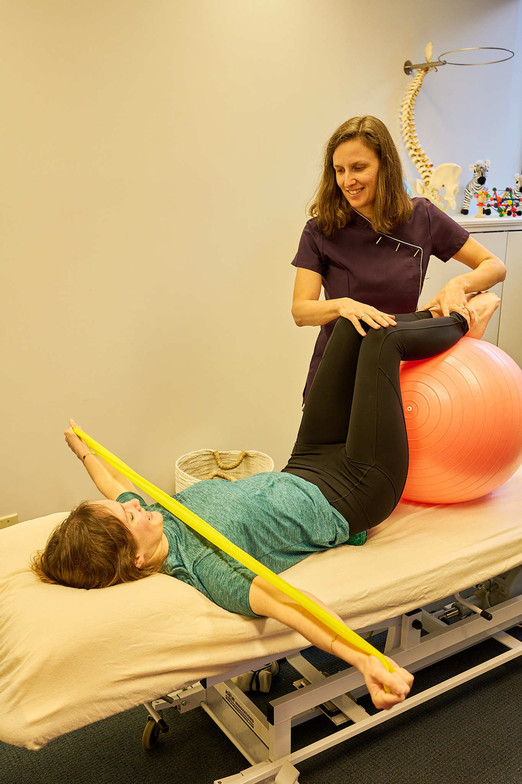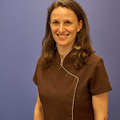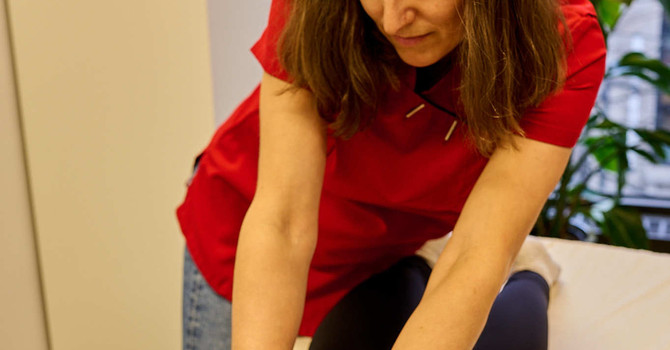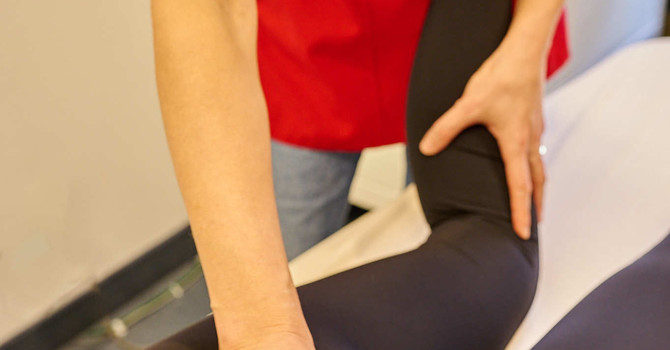
Still Stretching and Still in Pain? Here’s Why
Walking or biking along the Seawall, rushing between meetings in Gastown, sitting at a desk in Yaletown, our downtown bodies accumulate tension. For many, stretching seems like the natural fix. But recent research shows that static stretching right before intense movement, like a run, lifting weights, or sprinting, can reduce power, strength, and performance. If you hold a stretch too long (especially cold), you can even increase injury risk. Vox
Did you know? Static stretches held for over 60 seconds per muscle group can lead to measurable drop in strength, especially during explosive moves. cspi.org So for Vancouver folks who commute, run in Stanley Park, or do a morning bootcamp, static stretches aren’t totally useless, but timing and type are everything.

When to Stretch, and What Type Helps Most
Dynamic before, static (light) after or anytime you feel stiff
Here’s a quick cheat‑sheet based on the latest sports science:
Before activity Dynamic movements: leg swings, walking lunges, mobility flows. Warm up the muscles. Static stretches if very brief (under ~60s) and after muscles are warm. Spine Health & Back Pain Centre
After activity Light static stretching or recovery movements (walking, yoga‑style flow) to help with cool down, joint health, relaxation. The Conversation Anytime When your body feels tight, not out of habit or guilt. Passive tension often comes from weakness, posture issues, or nervous‑system overactivity. (More on this later.)
Did you know? Stretching alone seldom prevents muscle soreness in the following days. Warm‑ups, circulation, and movement may play bigger roles. The Conversation
Common Stretching Myths & Mobility Misconceptions
What many people in Vancouver do
(and what might be holding them back) Does this sound familiar to you? You stretch daily (hamstrings, hips, shoulders) but still feel tight when walking across your desk, getting up from the couch after rain, or bending to tie your boots. Vancouver folks think: “If I stretch more, I’ll feel better.” But more isn’t always better. Here are some of the myths I see in my osteopathy practice:
Myth: Tight = weak. Actually, some tightness is protective. What you may lack is strength through the range where you feel tight. For example, many desk workers have "tight" hip flexors and hamstrings, but what is really weak is glute strength and core control. Myth: Static stretching before workouts prevents injury. The evidence doesn’t support that when stretching cold or long static holds are used. PubMed
Myth: One school of thought has the whole truth. Yoga, physiotherapy, sports science, osteopathy, they all contribute. The best path mixes mobility, strength, and recovery.
Check my video tutorial about stretching:
How Strength & Osteopathy Transform Mobility
Long‑term Case: from pain & stiffness to ease & control in Downtown Vancouver
In my work as an osteopathic practicioner here in Vancouver, I’ve worked with many clients who came in with chronic stiffness, often pain in the lower back and hips, from long hours at a desk, frequent rainy-day slog, or commuting by bike. Let me share one anonymized case:
A client I’ll call “M” worked in tech in Coal Harbour. M complained of persistent hip stiffness and lower back pain, felt tight through the morning, unable to walk the Seawall without feeling stiff, and static stretches gave only a brief relief. In sessions over 8 weeks, we focused first on relative mobility: gentle joint‐mobilizations, dynamic warmups, getting glutes and core to activate through full range, also doing strengthening through the ranges where M felt tight. Simultaneously, we addressed nervous system factors (stress, postural holding, sleep quality). At week 8, M reported being able to go for longer hikes, reduced morning stiffness, and static stretches felt more “easy” rather than forced.
This kind of progress shows that long‑term benefits usually come not from stretching alone, but from combining: Strength through range (so the nervous system trusts movement in new ranges) Joint stability Movement quality Fascia health: hydration, gentle release, rest
Stretching and Pain in Vancouver:
The Big Picture & What You Can Do
Local stats, Lucile’s approach, and concrete steps
The Scale of the Issue Chronic pain is widespread in BC: Pain BC estimates around 1 million residents in British Columbia live with chronic pain. bcpainresearch.ubc.ca In Vancouver, a study of nearly 950 people attending a community chronic pain clinic found 50% had been in pain for over 5 years, and 63% had severe functional impairment. PubMed In Canada overall, about 1 in 5 Canadians (roughly 7.6 million people) live with chronic pain; older adults are especially affected. Government of Canada These stats matter, pain isn't just physical, it affects mobility, mental health, ability to enjoy walking in the rain, going up and down stairs, enjoying mornings out.
Lucile’s Osteopathic Strategy in Vancouver
As an osteopath practitioner based here in Vancouver, I draw both from clinical experience and local context (our rainy weather, commuting, office hours) to help clients and I always say:
Assess movement patterns rather than stretching lists. Where is the body compensating? Which muscles are weak, which joints under‑used? Use osteopathy to restore balance: joint mobility, fascial release, addressing asymmetries, getting the nervous system on board. Combine that with strength work suited to everyday life in Vancouver: stair climbing, walking commuting, core/habit posture correction (especially for people who work from home or in tall glass towers downtown). Emphasize patience and consistency, mobility doesn’t “come back” overnight, but with steady practice you get long‑term change.
What You Can Do (Now)
Warm up dynamically
before any intense movement: walking fast, bike commute, or starting a run. Try lunges, leg swings, arm circles.
- Build strength through range: slow squats, lunges, glute bridges, thoracic spine extensions. These help “teach” your tight areas to move safely.
- Use light static stretching or recovery flow after activity or on rest/mobility days, not as an obligation. Keep posture and habits in check: desk height, how long you sit, breaks for movement. If chronic tightness or pain persists, see an osteopath. It can help you get to the root, not just treat symptoms. Vancouver folks think that movement is medicine, but sometimes we need guidance to make it work well.
Does it also happen to you that no matter how many hamstring stretches you do, you still feel tight walking to work or up the stairs? If yes, you might be missing the strength + mobility balance that osteopathy helps restore. For more on this, you can explore my sports injury services, learn more about me, or if you’d like to come in and work together, check out contact. If you want to read more, I also have other blog posts here in my blog on posture, pain, and movement quality.

Lucile Delorme
Contact Me




